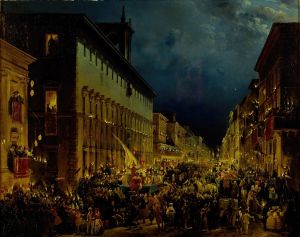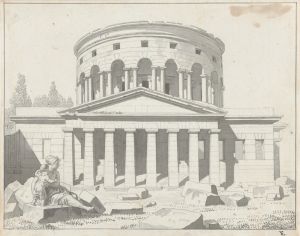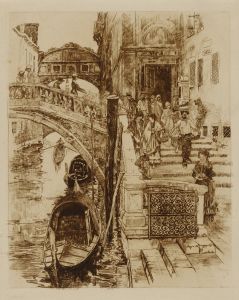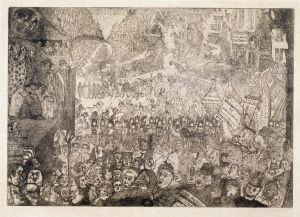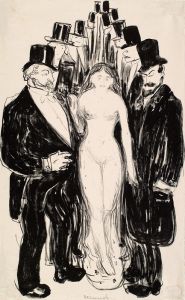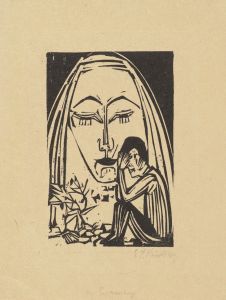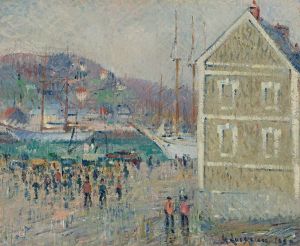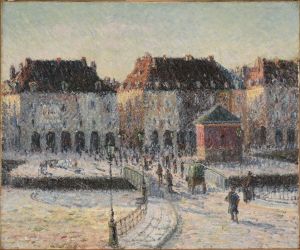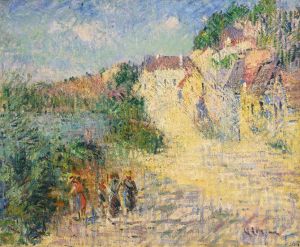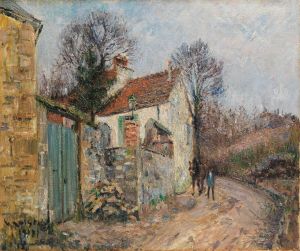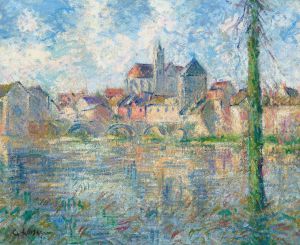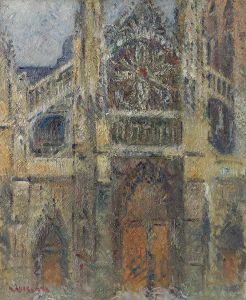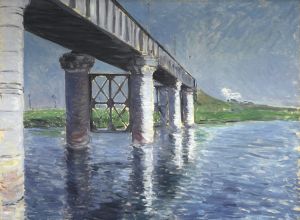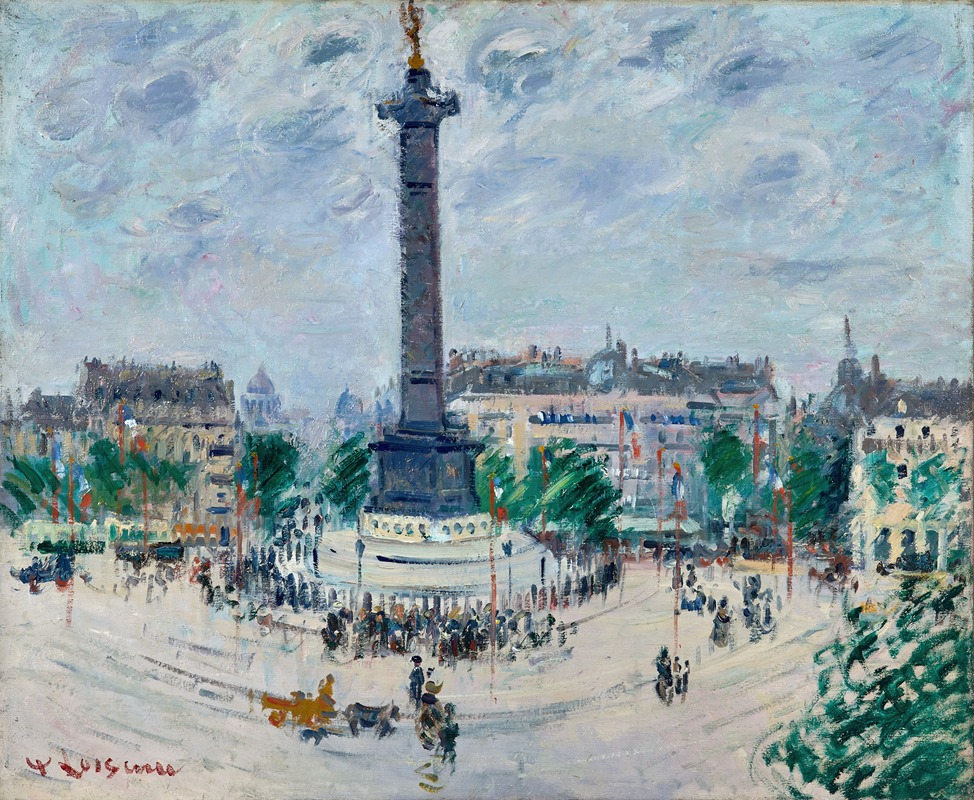
Place de la Bastille
A hand-painted replica of Gustave Loiseau’s masterpiece Place de la Bastille, meticulously crafted by professional artists to capture the true essence of the original. Each piece is created with museum-quality canvas and rare mineral pigments, carefully painted by experienced artists with delicate brushstrokes and rich, layered colors to perfectly recreate the texture of the original artwork. Unlike machine-printed reproductions, this hand-painted version brings the painting to life, infused with the artist’s emotions and skill in every stroke. Whether for personal collection or home decoration, it instantly elevates the artistic atmosphere of any space.
Gustave Loiseau (1865–1935) was a French Post-Impressionist painter known for his landscapes and scenes of Paris. He was part of the second generation of Impressionists and was particularly associated with the School of Rouen. Loiseau's work is characterized by his use of vibrant colors and his distinctive brushwork, which often involved a technique known as "en treillis" or cross-hatching, giving his paintings a unique texture and depth.
One of Loiseau's notable works is "Place de la Bastille," which captures the bustling energy and architectural beauty of this iconic Parisian square. The Place de la Bastille is historically significant as the site of the Bastille prison, which was stormed on July 14, 1789, marking a pivotal event in the French Revolution. By the time Loiseau painted this scene, the area had transformed into a lively hub of activity, reflecting the modernity and vibrancy of early 20th-century Paris.
Loiseau's "Place de la Bastille" is a testament to his ability to convey the atmosphere of a location through his art. The painting likely depicts the square with its characteristic monument, the July Column, which commemorates the Revolution of 1830. The column is topped by a gilded figure known as the "Génie de la Liberté" or "Spirit of Freedom," symbolizing the enduring spirit of liberty in France.
In this work, Loiseau employs his signature style to capture the movement and life of the square. His use of color and light reflects the changing times of day and weather, a hallmark of Impressionist influence. The brushstrokes are loose yet deliberate, creating a sense of immediacy and spontaneity. This approach allows viewers to feel as though they are experiencing the scene firsthand, standing amidst the hustle and bustle of Parisian life.
Loiseau's focus on urban scenes like "Place de la Bastille" highlights his interest in the interplay between nature and the constructed environment. While many of his contemporaries focused on rural landscapes, Loiseau found inspiration in the dynamic settings of the city. His paintings often explore the relationship between light, shadow, and movement, capturing the ephemeral qualities of everyday life.
Throughout his career, Loiseau remained dedicated to his artistic vision, consistently producing works that celebrated the beauty and complexity of the world around him. His paintings, including "Place de la Bastille," continue to be appreciated for their technical skill and emotive power. Today, Loiseau's works are held in numerous public and private collections, serving as a testament to his enduring legacy in the world of art.
In summary, Gustave Loiseau's "Place de la Bastille" is a vibrant depiction of a historically significant Parisian location, rendered with the artist's characteristic style and attention to detail. The painting captures the essence of early 20th-century Paris, reflecting both the city's rich history and its modern vitality.





